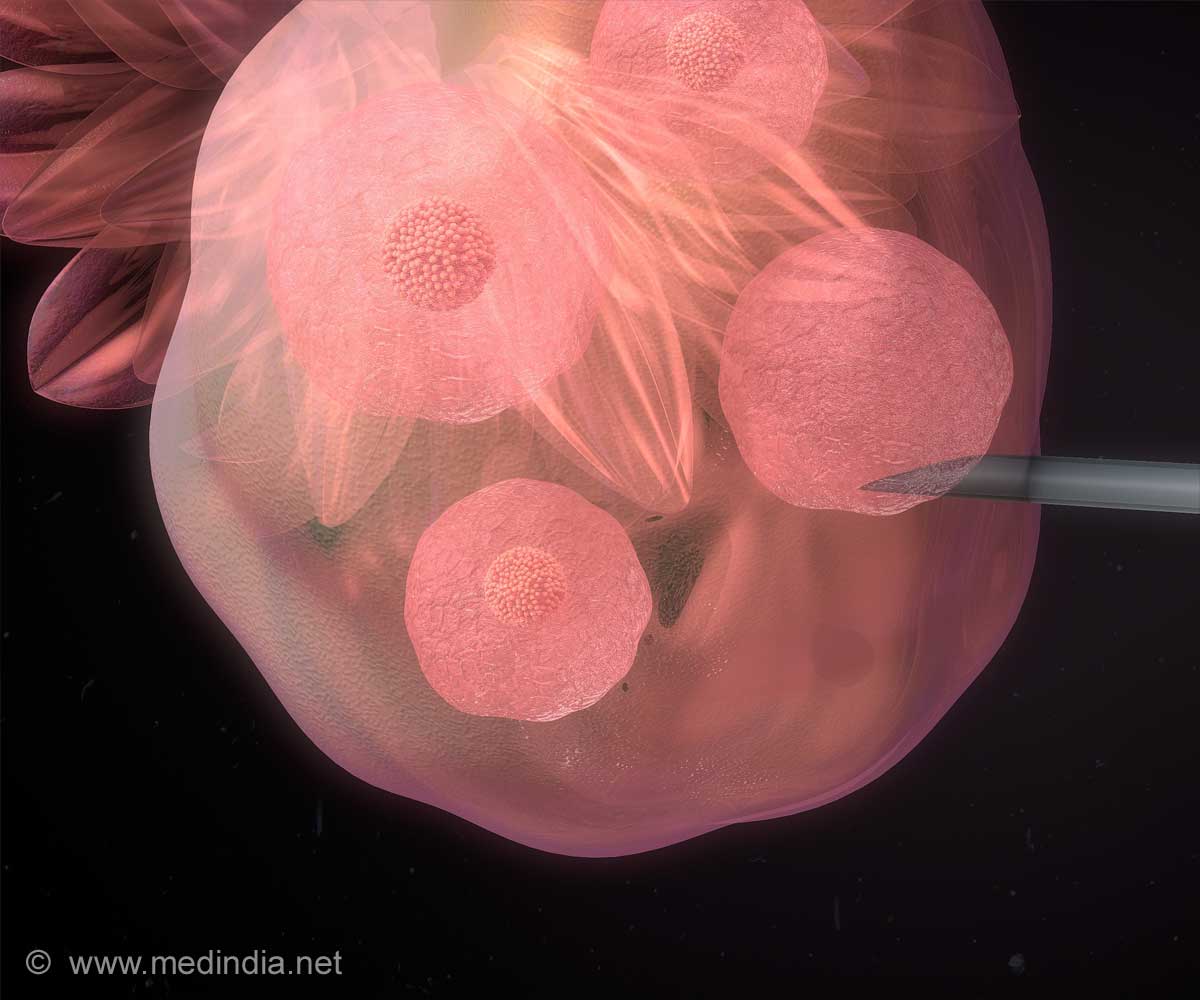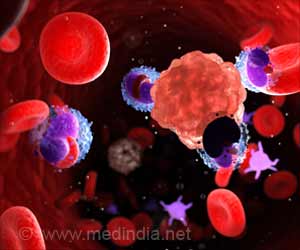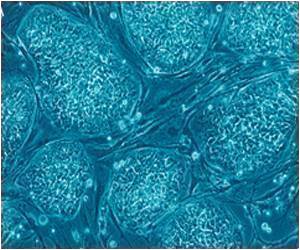Can humans pause their development? Scientists have found clues that human cells might have a hidden "pause button" during early growth.

- Human cells may possess a "pause button" similar to that found in some mammals, allowing embryonic development to halt temporarily
- The mTOR signaling pathway could help regulate this pause, with potential applications in improving IVF success rates
- Using human stem cell models instead of real embryos paves the way for more ethical and scientifically advanced research
Some mammals, like kangaroos and bears, can pause their pregnancies for months! It's called embryonic diapause, and now scientists think human cells may have this ability too. #embryonicdiapause #ivf #medindia’
How Other Mammals Hit the Pause Button on Their Development
In the animal kingdom, some mammals, like kangaroos and bears, can naturally hit the “pause button” on pregnancy. Known as embryonic diapause, this process allows the embryo to float freely without implanting in the uterus for weeks or even months. The pregnancy is paused, giving the embryo and the mother extra time to prepare for the challenges of birth and nurturing the newborn. It’s nature’s way of saying, “Let’s take it slow.”But until recently, we were not sure if human cells could do the same. The idea of hitting a developmental pause in humans seemed like a distant possibility. That is, until a team of researchers found a way to trigger this effect in the lab using human stem cells. And here’s where things get even more interesting.
Science Behind the Development Pause: Meet the mTOR Pathway
The study, published by scientists at the Max Planck Institute for Molecular Genetics and IMBA, reveals that human cells might also have the potential for a development pause- thanks to a chemical cascade known as the mTOR signaling pathway (1✔ ✔Trusted SourcemTOR activity paces human blastocyst stage developmental progression
Go to source).
In simple terms, the mTOR pathway is a key regulator of growth. When it’s active, cells divide and grow; when it’s suppressed, the process slows down, allowing development to pause. Researchers used stem cells and stem cell-based blastocyst models (also known as blastoids) to mimic early human development. When they blocked the mTOR pathway, they observed a developmental delay- a sort of pause in progress.
These findings are exciting because they suggest that even though we don’t naturally hit this pause in real life, we still have the potential to do so under the right conditions.
Could Pausing Embryo Development Change IVF?
Now, here’s where things get truly groundbreaking. The discovery of a possible human "pause button" could be a game-changer for in vitro fertilization (IVF) treatments. IVF relies on precise timing for embryo implantation. Too fast or too slow, and the chances of success plummet. But what if we could control the timing better?By tapping into the power of the mTOR pathway, scientists could slow down the development of embryos during IVF, giving doctors more time to assess embryo health and synchronize implantation with the mother’s body. In theory, this could improve IVF success rates by ensuring that everything is perfectly aligned.
What This Means for the Future of Reproductive Medicine
While the idea of pausing embryo development is still in its early stages, it opens up fascinating possibilities for the future. Nicolas Rivron, one of the lead researchers, suggests that this discovery could lead to improved reproductive technologies. For example, manipulating the mTOR pathway could allow embryos to develop at just the right speed for optimal health and implantation, reducing the likelihood of complications during pregnancy.On top of that, the use of stem cell models in this research provides a more ethical approach to studying human development. Instead of experimenting on actual embryos, scientists can use blastoids- lab-grown clusters of cells that mimic the earliest stages of human life- to make their discoveries. It’s a win-win for both science and ethics.
Will We Ever Use This Ability in Real Life?
It is still too early to say if we will ever be able to pause human development naturally, like some mammals do. But this research shows that the potential is there, buried deep within our cells. Whether or not we’ll harness it for reproductive medicine remains to be seen, but one thing is clear: the ability to control the timing of development has the power to change the way we approach fertility treatments, giving new hope to families worldwide.In the words of one of the study’s authors, Dhanur P. Iyer, “The developmental timing of human blastoids can be stretched around the blastocyst stage, which is exactly where diapause works in most mammals.” It’s a fascinating reminder that sometimes, the key to solving the mysteries of human development can be found by looking to the animal kingdom.
So, next time you think about pausing a movie, remember: one day, we might just be able to pause the earliest stages of human life too. Who knew science could be this cool?
This discovery may not be a fully realized tool yet, but it gives us a glimpse into how science can help us better understand- and potentially control- the incredible process of human development.
Reference:
- mTOR activity paces human blastocyst stage developmental progression - (https://www.cell.com/cell/pdf/S0092-8674(24)00977-2.pdf)
Source-Medindia









